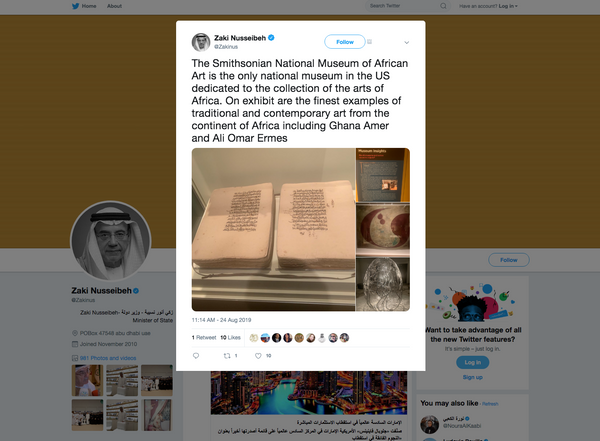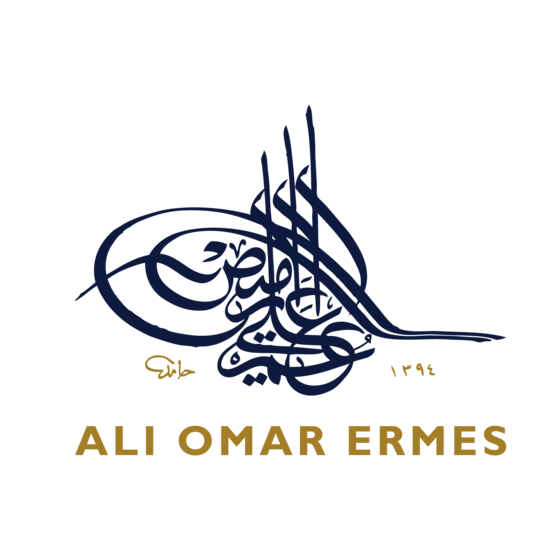Barjeel Art Foundation
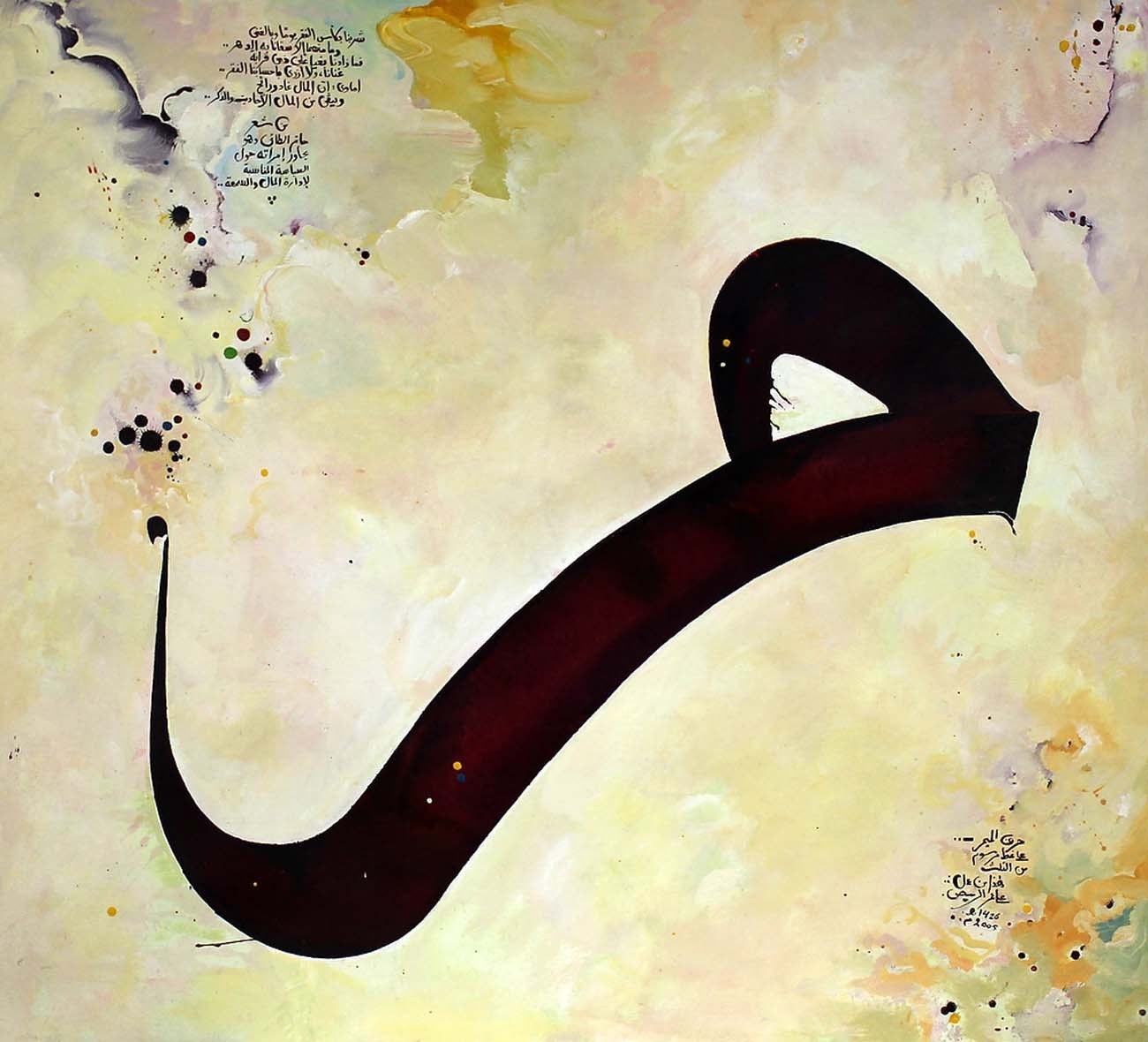
Ali Omar Ermes is a prolific artist, writer, and community activist. Since 1968, he has created ‘literary artworks’, paintings based on Arabic literature and letters. Often in his compositions, such as the piece included here, Ermes focuses on the single letter lam. With stunning colour and deft technique, Ermes infuses the letter with vibrant character and an unfolding visual narrative.
Throughout this significant body of work, the words and text are always legible. Bridging the aesthetics of the visual form with linguistic meaning, Ermes shares the power of Islamic thought for the contemporary moment with his international audiences.
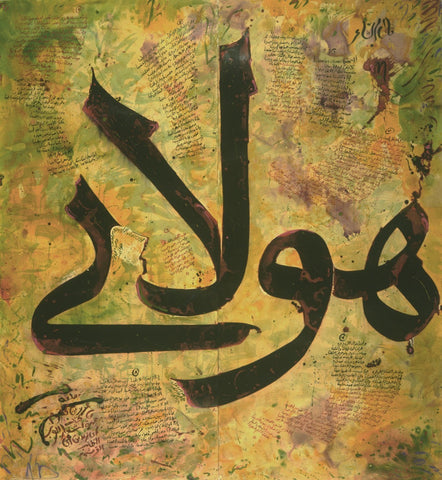
Born in Libya, Ermes traveled to England for his education, receiving a diploma from the Plymouth School of Architecture and Design in 1970 and later attending the Central Saint Martins College of Arts and Design (formerly known as the Central School of Art and Design) in London.
He is active in numerous cultural institutions dedicated to interfaith dialogue and is the chairman of the Muslim Cultural Heritage Center in London. Ermes also publishes widely in Arabic and English on a variety of social and cultural issues.
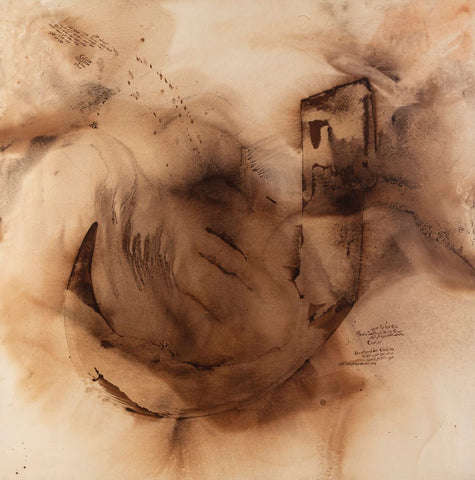
He has participated in over sixty exhibitions worldwide and his work is held by private collections and prominent museums, including the British Museum of Art, the Smithsonian Institution in Washington, DC, and the State Hermitage Museum in St. Petersburg. Ali Omar Ermes lives and works in London.
Leave a comment
Also in NEWS
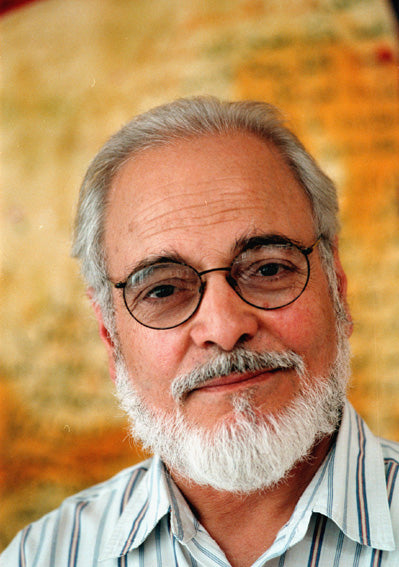
Tributes paid to leading Arab artist, Ali Omar Ermes
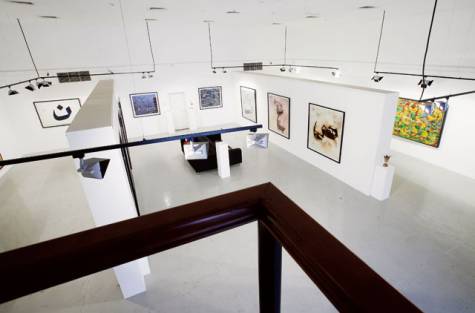
Ali Omar Ermes’ Recent Works to Be Exhibited at Meem Gallery - 10 DECEMBER 2010 - 27 JANUARY 2011
